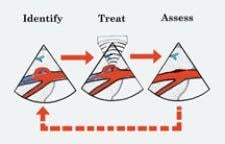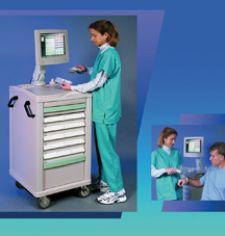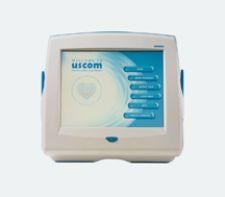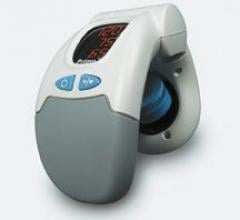
Although implantable cardioverter defibrillators (ICDs) have been around for nearly 20 years, they gained notoriety in 2001 when Vice President Dick Cheney became a high-profile patient who underwent the implantation procedure.
Although healthcare budgets are tight, needs are expanding. Clinical facilities are continuously looking for ways to ...

A trend is emerging in cardiovascular image and information systems designed for the cath lab and was apparent on the ...
Providing exceptional cardiovascular care for patients to achieve the best possible outcomes is the number one goal for ...

The drug-eluting stent (DES) market is a multibillion dollar business in the U.S. — and it's estimated that over three ...

In the microscopic world of arterial plaque, the only positive thing about positive remodeling is that physicians can ...

Magnetic navigation technology to direct and digitally control catheter and guidewire devices along complex paths within ...
Cardiac positron emission tomography (PET) is growing in popularity among cardiologists because it provides the ability ...

It's almost like taking a stab in the dark, but ablating one or more arrythmias within the human heart is a moment when ...

Technological advancements over the years have forced most OR methods used in 1964 into dusty, old history books and ...
Blood pressure measurement is a given for patients in the hospital, but for surgical or critically ill patients — in ...
When performing radiofrequency (RF) ablation to treat cardiac arrhythmia, medical professionals must balance the safety ...

Electronic medical information improves patient safety by providing immediate and complete access to complex patient ...

It’s like a never-ending battle — that’s how Lena Napolitano, M.D., describes the recent and sharp rise in nosocomial ...

Intensive care units are highly dependent on the efficient transfer of physiological data to multiple healthcare providers. In the delivery of healthcare in 2006 there exists a strong rationale for a tight relationship between critical care and information technology (Celi, Hassan, Marquardt, Breslow, & Rosenfeld, 2001).
Change Healthcare Cardiology Hemodynamics is an integrated hemodynamic monitoring system for monitoring vital signs and ...

DAIC: What are some of the scenarios — decisions or investments — in which a hospital might want to consider doing a ...
A new spot blood pressure monitoring product from Medwave can now be sold and marketed in the U.S. Primo is a handheld ...

 May 22, 2006
May 22, 2006





